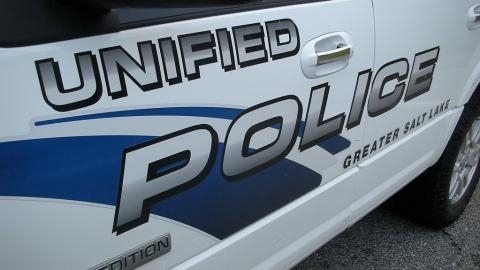Utah Murder Mystery Solved After 35 Years
SALT LAKE COUNTY, UTAH – June 5, 2015 (Gephardt Daily) –
Unified Police say they have solved a Salt Lake County murder mystery that stretches back more than three decades.

According to the UPD, the 1980 Millcreek murder of Timothy Glashien became a cold case after detectives exhausted available leads. It was until UPD detectives reopened the case in early 2015 that they were able to establish a connection between Glieshen’s murder and the two men police say are responsible, both of whom are dead.
[one_fourth]
[/one_fourth][three_fourth_last]
The Unified Police statement on solving the case is as follows:
On February 23, 1980 Timothy Glashien’s deceased body was located in Millcreek Canyon. He had been shot multiple times. At the time of the murder detectives investigated this case very thoroughly and unfortunately were unable to bring charges against anyone and the case went cold.
Earlier this year detectives from the Major Investigations Unit at the Unified Police Department (UPD) began to re-examine this case. Through several investigative efforts that took place, detectives learned that Ace Fairbanks was arranging a drug transaction where Glashien would buy Marijuana from Stephen Anderson. Fairbanks was last seen leaving a known location with Glashien and Anderson to conduct the drug transaction. This was the last time Glashien was seen alive. It was later learned that the motive for this homicide was robbery as Fairbanks and Anderson were going to steal Glashien’s money.
Early in the investigation Anderson was interviewed in regards to Glashien’s death. During that interview he admitted to shooting Glashien multiple times. Anderson was also the suspect in a California homicide. Utah Detectives had gone to California to interview Anderson. He was subsequently convicted of capital murder in California and sentenced to death. He was executed by lethal injection in 2002. He was never brought to Utah to face criminal charges.
With the information gathered, detectives presented the case to the Salt Lake County District Attorney’s Office. The District Attorney’s Office found that there would have been probable cause to charge Anderson with criminal homicide had he still been alive. They also found that there was evidence to charge Fairbanks with murder in the second degree and aggravated robbery. However, the statute of limitations ran in 1984. Fairbanks is now deceased. He died in Iowa in 1986. There is no evidence to suggest any other involvement in this murder and the case will now be closed.






